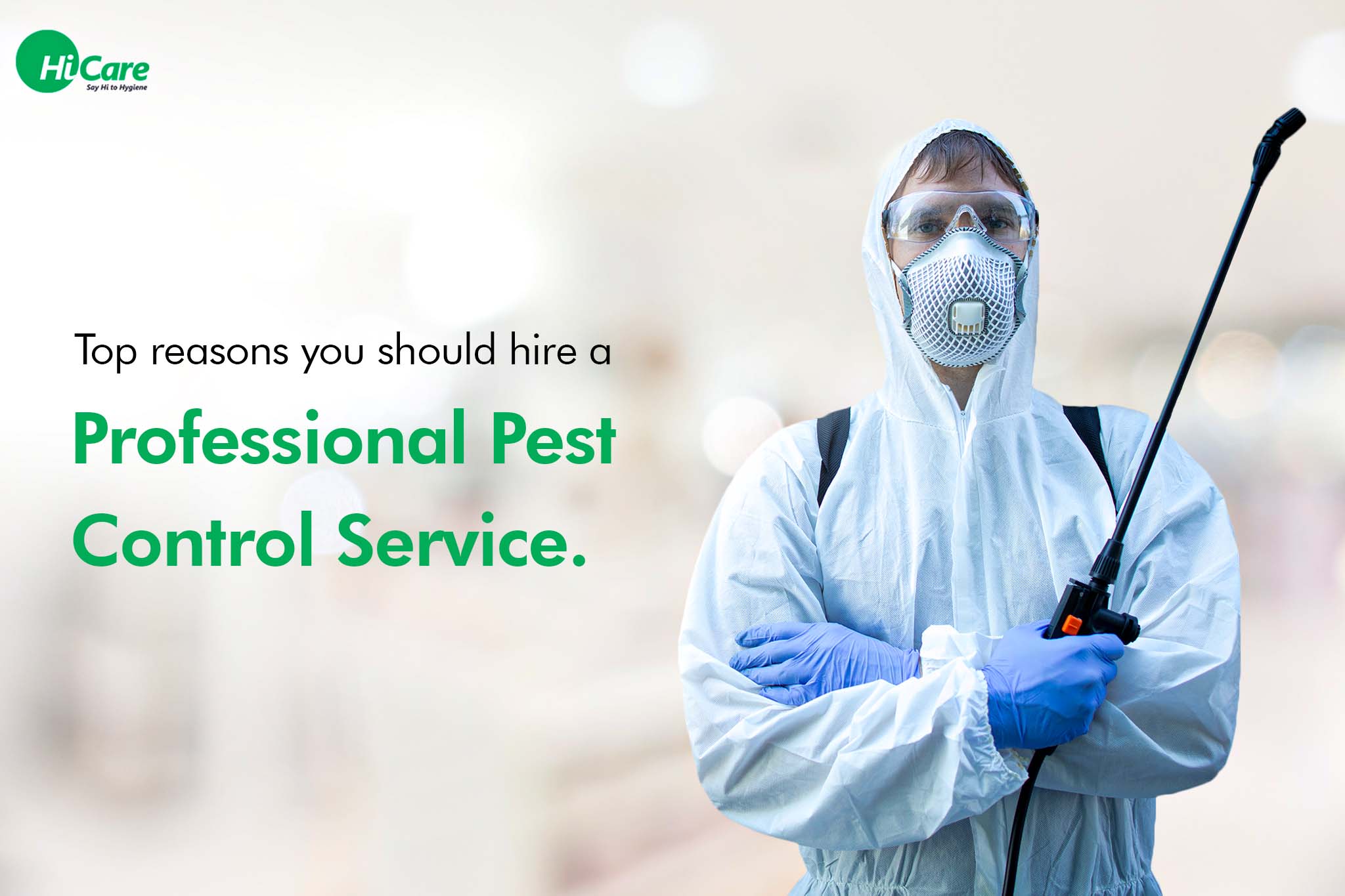A1 Bed Bugs Exterminator Portland - Quick and Specialist Solution
A1 Bed Bugs Exterminator Portland - Quick and Specialist Solution
Blog Article
Effective Insect Control Providers: A Comprehensive Consider Elimination Techniques and Avoidance Procedures
In the realm of pest control solutions, the effective monitoring of infestations needs a careful technique that incorporates numerous methods and procedures for both obliteration and avoidance. From Integrated Parasite Administration (IPM) strategies that prioritize lasting remedies to chemical extermination strategies made for targeted removal, the toolbox against bugs is multifaceted and substantial. Organic control approaches and physical avoidance steps use alternative courses to efficiently combating unwanted burglars. However, the key to a thorough bug control plan lies not simply in the strategies themselves, however likewise in the careful professional assessment treatments that precede and educate them. By recognizing the details of each approach and how they interplay, one can genuinely grasp the intricacy and performance of modern parasite control solutions.

Integrated Insect Monitoring (IPM) Approaches
Integrated Pest Monitoring (IPM) Strategies incorporate a thorough technique to pest control that focuses on control, prevention, and monitoring methods to properly manage parasite populations. By incorporating different techniques, IPM intends to lessen the influence of parasites while additionally reducing the dependence on chemical pesticides. Avoidance exists at the core of IPM, highlighting techniques like correct hygiene, upkeep of health, and sealing access factors to hinder pests from infesting buildings.
Chemical Extermination Methods
Chemical elimination methods are commonly utilized in insect control services to successfully eliminate insect populaces that position a danger to human health and residential or commercial property. These methods involve the usage of different chemical materials especially designed to target and eliminate insects such as insects, rodents, and various other undesirable animals. The application of pesticides, pesticides, rodenticides, and various other chemical representatives is carefully regulated to ensure maximum effectiveness while decreasing threats to people, pet dogs, and the setting.
One of the essential advantages of chemical extermination strategies is their ability to give fast and targeted outcomes, making them specifically valuable in instances of extreme problems or urgent parasite control requirements - portland exterminators a1 for bed bugs. However, it is important to highlight the relevance of appropriate handling, application, and disposal of these chemical products to stop unintentional injury
In addition, integrated insect monitoring (IPM) strategies typically integrate chemical extermination strategies with other methods such as hygiene, habitat adjustment, and organic controls to develop a sustainable and extensive bug control approach. By integrating chemical elimination techniques carefully within an IPM framework, bug control solutions can successfully take care of parasite populaces while decreasing possible dangers to human health and the atmosphere.
Biological Insect Control Approaches
Employing natural killers and bloodsuckers to manage pest populations is a sustainable technique referred to as biological insect control. This technique utilizes the natural mechanisms of the ecological community to manage insect populaces without depending on artificial chemicals. One usual biological control method entails presenting natural adversaries of the target bug types, such as ladybugs for aphid control or nematodes for termite infestations. These natural killers eat the bugs, helping to keep their populations in check.
An additional efficient organic control approach is making use of microbial pesticides. These are naturally occurring microorganisms, such as germs, infections, and fungi, that particularly target and infect specific bug varieties. By making use of these microbial representatives, insect populaces can be successfully reduced without damaging advantageous microorganisms or triggering harm to the environment.
Physical Parasite Prevention Measures
Executing physical pest avoidance steps involves using barriers and structural modifications to prevent pests from infesting a home or entering. Mounting door moves, displays on home windows, and securing splits in the foundation can aid avoid parasites like insects and rats from getting gain access to inside.
One more physical prevention step is the usage of barriers ways to treat termites like fence to maintain larger bugs such as raccoons or deer away from the home. By implementing these physical insect avoidance measures, residential or commercial property owners can substantially reduce the threat of pest invasions and the damages they can trigger.
Expert Insect Examination Treatments
Performing linked here organized and thorough bug inspections is a basic element of professional bug monitoring protocols. Professional insect assessors are trained to meticulously analyze residential or commercial properties for indications of invasions, recognizing pest types, entry points, and helpful problems.

Conclusion
In conclusion, effective pest control solutions utilize a variety of techniques, consisting of Integrated Parasite Administration approaches, chemical elimination techniques, organic controls, and physical avoidance procedures. Expert bug inspection procedures play an essential function in recognizing and addressing pest issues in a timely manner. By carrying out a combination of these methods, residential or commercial property owners can efficiently handle and prevent pest problems.
From Integrated Insect Monitoring (IPM) strategies that prioritize sustainable services to chemical elimination methods developed for targeted removal, the toolbox against insects is large and complex.Integrated Pest Monitoring (IPM) Techniques encompass a thorough strategy to pest control that focuses on avoidance, monitoring, and control techniques to properly take care of pest populaces.Chemical elimination techniques are generally utilized in bug control solutions to successfully eradicate parasite populations that posture a risk to human wellness and residential property.Employing natural killers and bloodsuckers to manage bug populaces is a lasting technique recognized as organic bug control.In verdict, effective pest control services employ a variety of techniques, including Integrated Insect Management methods, chemical extermination approaches, biological controls, and physical avoidance This Site procedures.
Report this page